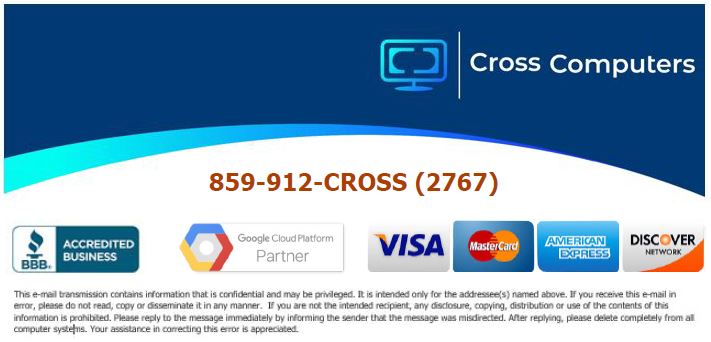- /
- /
- /
- /
Be careful of these safety hazards using power strips
Our entire lives run on electricity and no house has enough power outlets to keep everything running and charged. So we use power strips to turn one plug into six or more, stretching the capabilities of our home’s electrical system. But, are you using power strips incorrectly?
Never Plug a Power Strip Into Another Power Strip
While it is tempting to string multiple strips together, daisy-chaining them by plugging one into the next. In a word—don’t. Not only is it against half a dozen OSHA regulations in a professional setting, but it can also cause one or more of the strips to fail or even catch fire.
Never Use Indoor Power Strips Outdoors
While there are power strips that are designed for outdoor applications, unless yours says it is specifically rated for outdoor use, it’s not designed to stand up to weather and water. Keep it inside and find one you can use safely out in the elements.
Never Overload a Power Strip
Overloading the strip can create a fire hazard, melting the plastic and damaging your home or business as well as any surrounding equipment.
Never Put a Power Strip Under a Rug
If you put your power strip under a rug or in a tightly enclosed space, it can create a fire hazard. In addition, if you step on it or any attached power cables, you can damage them, which can create a shock and/or fire hazard.
Never Plug Beauty Tools Into a Power Strip
Hairdryers, curling irons, straighteners, and other beauty tools all create heat. Power strips aren’t designed to generate that kind of consistent high amperage, so these beauty tools should be plugged into a GFCI-protected outlet.
Never Use a Damaged Power Strip
If one socket is burned or strip is damaged, chances are high that there is internal damage inside the power strip. That’s a fire hazard. Get rid of it immediately.
Never Get a Power Strip Wet
Electricity and water do not mix. Don’t get your power strip wet, or you risk electrocuting yourself and damaging everything that is plugged into the strip.
Never Plug in a Sump Pump
The simple rule is water and electricity do not mix. It might seem like a good idea to plug your sump pump into a power strip. Better to go with a GFCI outlet that’s well above floor level in case the sump pump fails and flooding occurs.


